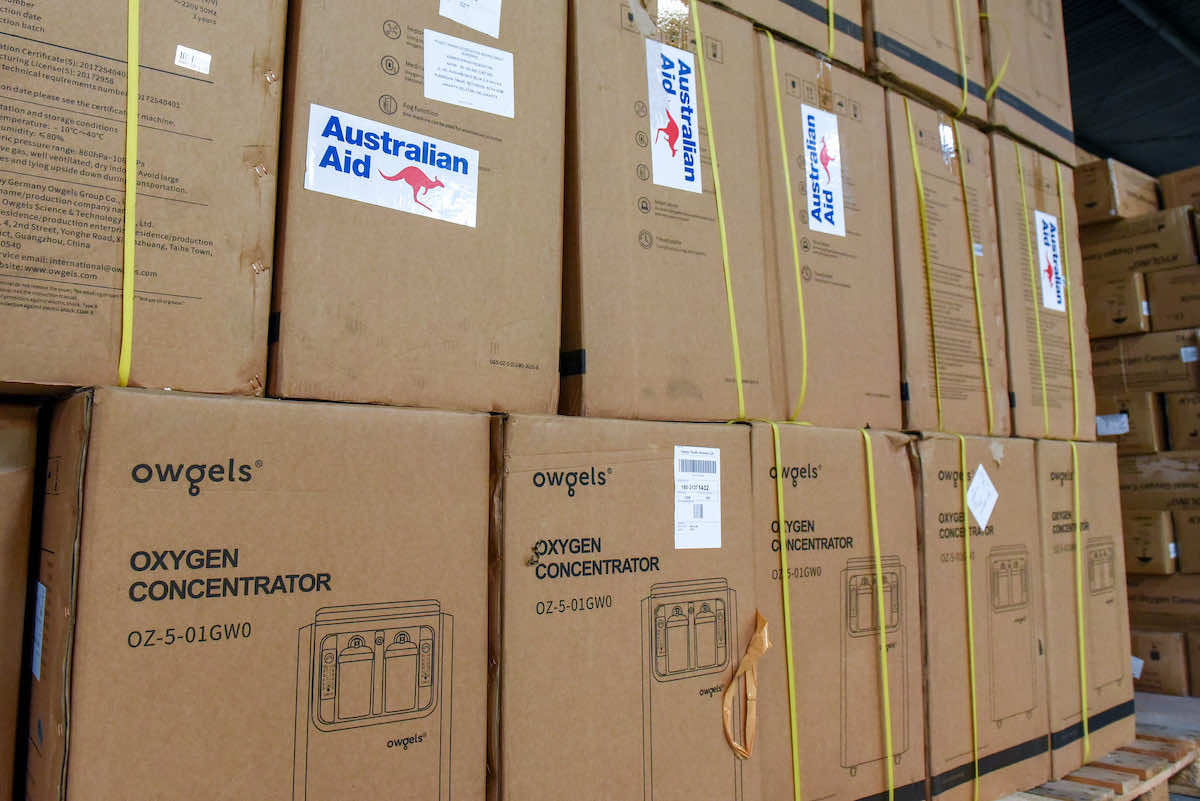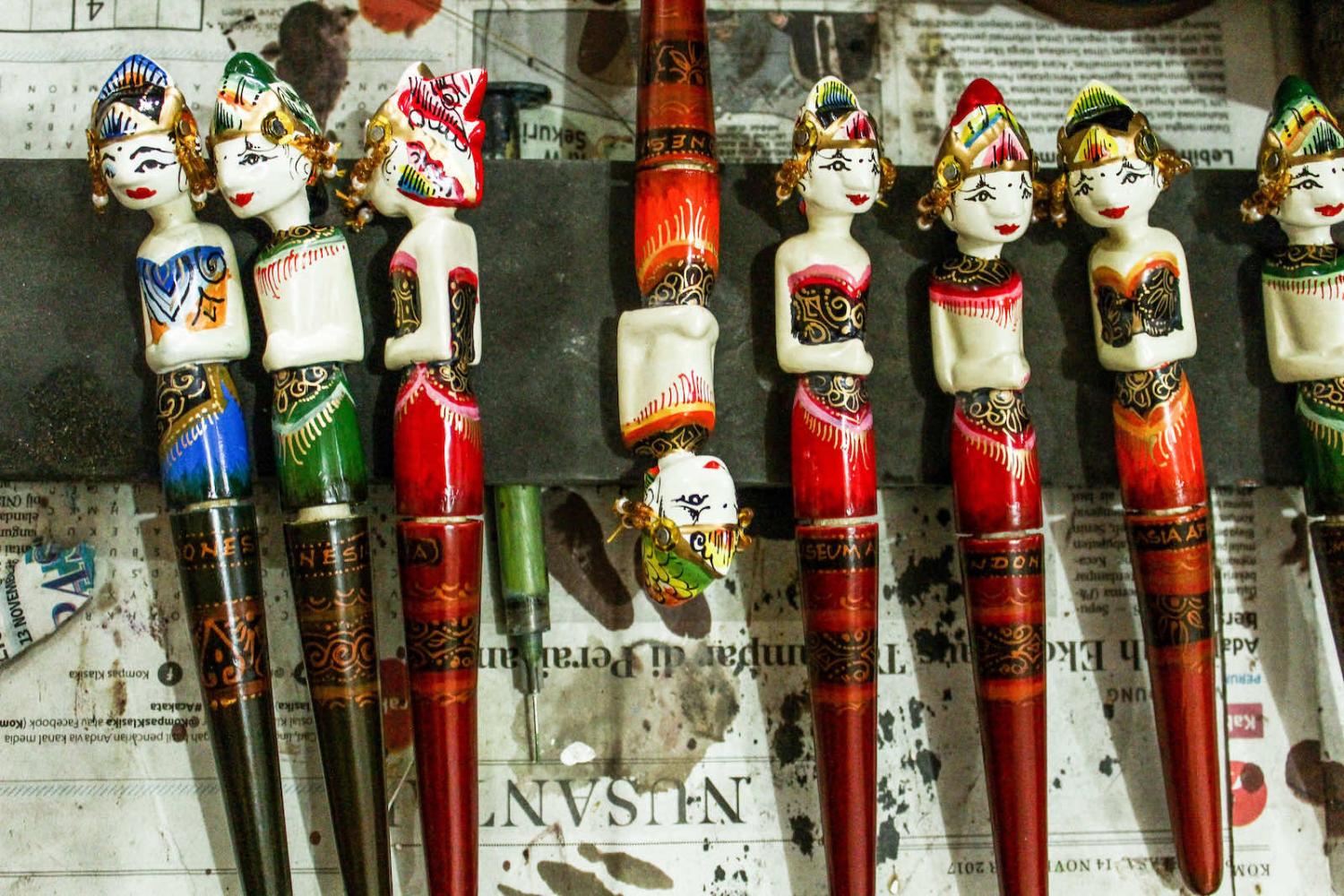During the Australian election campaign, Labor pledged $470 million aid to Southeast Asia over four years, marking it as an attempt to re-engage the region. Labor also promised to appoint a high-level roving envoy to Southeast Asia. Now that Labor is in power, these promises are set to become policy. But there are risks in using aid as a tool to bridge the strategic divergence that has created distance between Australia and Southeast Asia in the last couple of years, especially as the Quad has strengthened and with the AUKUS announcement.
Partly the issue is because the amount of money promised is not quite substantive enough to tackle the key developmental challenges faced by the region. The Lowy Institute’s forthcoming Southeast Asia Aid and Development Finance Map will highlight the quantum of aid that flows into the region by all developmental partners, including China, which overshadow the amount pledged by Labor.
The example of Solomon Islands signing a security pact with China is a case in point, where Australia provided two-thirds of all aid to the country.
However the main reason why this aid spending will not have the intended impact of generating engagement and influence is due to limited design of aid as a foreign policy tool. Developmental assistance (as aid is often referred to) cannot fill the trust deficit that has grown between Australia and Southeast Asia in recent years. Aid should not be thought of as a substitute for an active and engaged foreign policy. The example of Solomon Islands signing a security pact with China is a case in point, where Australia provided two-thirds of all aid to the country. The strategic nature of aid is quite limited.
Strategic divergences between Southeast Asia and Australia have been growing due to the lack of engagement. The AUKUS deal announced in September 2021 exacerbated the divide, with Indonesia expressing its caution while Malaysia voiced concern about an escalating arms race. Cambodia echoed this sentiment about unhealthy rivalries in the region. Southeast Asia’s reaction to the Quad grouping has also been lukewarm.
What is needed to narrow the gap between Southeast Asia and Australia is high level active engagement as well as efforts at lower levels. This is where the roving envoy proposal has such merit. But care is needed here, too. It would be mistake for Australia to be seen to be coaxing Southeast Asian nations to choose sides between great powers. Instead, with a new Labor government, Australia is well positioned to be a strong middle power partner to the region, especially as both US and China’s ties with Southeast Asia are comparatively weak.

At the recently concluded US-ASEAN summit, the United States pledged $150 million in developmental assistance for the region as well as the recently launched Indo-Pacific Economic Framework (IPEF) to bolster US cooperation with the region. While the aid amount is unlikely to have a huge impact on the region’s substantial infrastructure deficiency, the IPEF also involves regulatory barriers via strong labour and environment restrictions that will leave the developing economies of Southeast Asia disinclined to sign up. This has been evident with countries such as Cambodia adopting strong opposition to this “decoupling” approach.
Meanwhile China’s increased assertiveness in the South China Sea has raised concerns in Southeast Asia. The result has fostered regional cohesion in an effort to respond to perceptions of Beijing as a security threat.
The challenge for Australia is to get creative and reimagine its engagement with Southeast Asia so as not to reinforce regional concerns about great power rivalry. There are some signs of cautious optimism on that front, as Labor has claimed it will create a pilot program in Vietnam to teach Australian students and business people Vietnamese. Much more needs to be done on the economic and trade side.
If Labor’s idea for an ASEAN economic strategy is to be modelled on the Peter Varghese’s India Economic Strategy to 2035, which was to reset Australia-India ties by giving impetus to a trading relationship, the ASEAN-Australia Comprehensive Strategic Partnership also needs to a boost. Some have suggested establishing a “Southeast Asian Economic Cooperation Program” which would not focus on aid but still have a development agenda by creating a lending facility as a development finance institution with high level expertise from DFAT, private sector and the region.
There is no disputing that Southeast Asia remains a strategic priority for Australia, sitting at the heart of the Indo-Pacific and between Australia and China. But aid can only do so much and it is time we appreciate the limitations of it, especially in the region.

